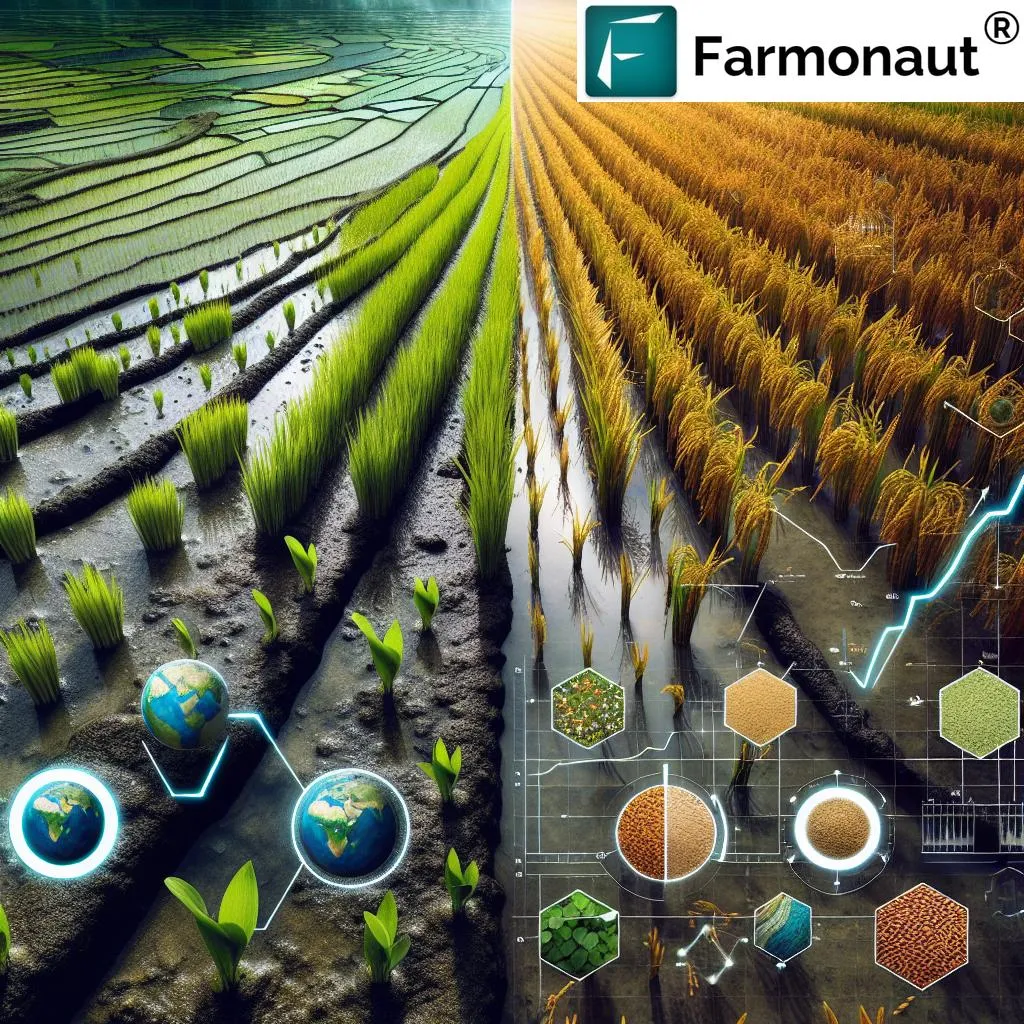In the heart of Southeast Asia, a quiet revolution is taking root, one that promises to reshape the way rice—one of the world’s most vital crops—is cultivated, marketed, and consumed. A recent study published in the *Journal of Global Innovations in Agricultural Sciences* (translated from Indonesian as *Journal of Global Innovations in Agricultural Sciences*) sheds light on how new media is transforming rice agribusiness in Kendari City, Indonesia. Led by Muhamad Djufri Rachim, the research offers a nuanced look at the opportunities and challenges of integrating digital platforms into traditional farming systems.
The study, conducted in early 2025, reveals that while digital tools like WhatsApp and YouTube are being used by some farmers to exchange knowledge and improve practices, adoption remains uneven. “New media have supported access to production inputs and improved marketing communication,” explains Rachim, “but its role in agro-industrial development and localized innovation remains insufficiently leveraged.” This gap highlights a critical opportunity for the agricultural sector to harness the full potential of digital transformation.
One of the most compelling findings is the role of digital collaboration in crop marketing. Farmers who have embraced these tools report stronger market linkages and improved communication with buyers, a development that could have significant commercial implications for the energy sector. As agricultural supply chains become more efficient, the demand for sustainable energy solutions—such as solar-powered irrigation systems or biogas from agricultural waste—could rise. This synergy between digital platforms and renewable energy technologies could drive innovation in rural electrification and sustainable farming practices.
However, the study also identifies key barriers to widespread adoption. Low digital literacy, inadequate infrastructure, and limited exposure to technological innovations are significant hurdles. “Farmers are aware of advanced technological products from outside regions,” notes Rachim, “but these innovations have not yet been implemented locally due to practical and contextual limitations.” This suggests that while the potential is vast, realizing it will require targeted efforts to bridge the digital divide.
The research underscores the need for stronger digital literacy programs, improved infrastructure, and inclusive digital ecosystems. By addressing these challenges, the agricultural sector can unlock new opportunities for economic development and rural livelihoods. As the world grapples with the impacts of climate change and food security, the lessons from Kendari City offer a roadmap for how technology can drive sustainable growth in agriculture.
For the energy sector, this study is a call to action. As digital platforms become more integral to farming practices, the demand for energy-efficient solutions will grow. Collaborations between agritech companies, energy providers, and policymakers could pave the way for a more sustainable and interconnected agricultural future. The journey is just beginning, but the potential is immense.

